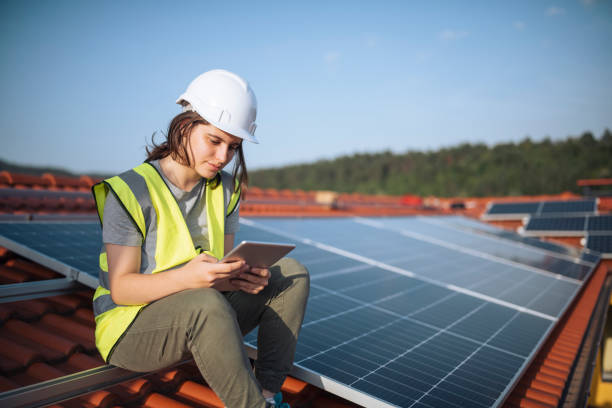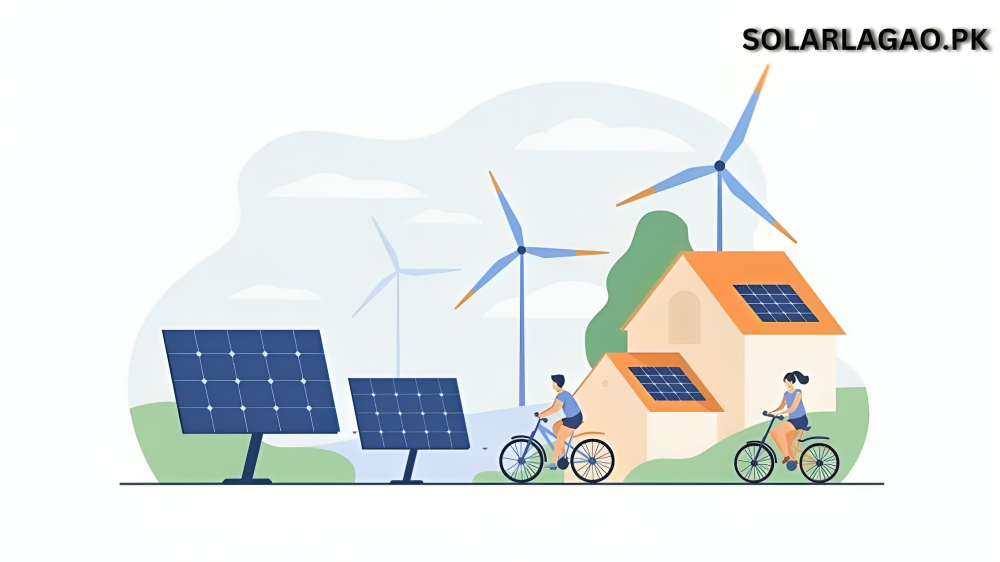One of the most efficient ways to harness renewable energy is through solar panels. As energy costs rise in Pakistan, switching to solar power is becoming an attractive solution for homeowners and businesses alike. In this guide, we’ll walk you through the step-by-step process of installing solar panels, from site assessment to electricity generation.

Step 1: Site Assessment
The first and most crucial step in installing solar panels is conducting a thorough site assessment. This involves evaluating your location’s solar potential based on:
- Sunlight exposure
- Shading from nearby objects (trees, buildings, etc.)
- Roof orientation and tilt
Professionals may use tools like solar pathfinders and shade analysis software to determine the optimal placement for your solar panels, ensuring maximum efficiency.
Step 2: Designing the Solar System
Once the site assessment is complete, the next step is designing a customized solar power system. This includes:
- Determining the number of solar panels required.
- Choosing between roof-mounted or ground-mounted systems.
- Planning the electrical configuration to ensure optimal performance.
Factors like local weather conditions, energy consumption needs, and available space play a vital role in designing a solar system that maximizes energy production and efficiency.
Step 3: Installing the Mounting Structure
The solar panels need strong and durable support structures. The mounting system, whether on the roof or ground, ensures:
- Secure attachment of the panels.
- Proper ventilation to prevent overheating.
- Optimal tilt angle for better sunlight absorption.
Quality mounting structures are essential for durability and long-term performance, especially in Pakistan’s diverse climate conditions.
Step 4: Wiring and Electrical Connections
After the mounting structure is in place, the solar panels are connected using high-quality wiring. This step involves:
- Connecting panels to each other in series or parallel.
- Linking them to the solar inverter.
- Setting up a battery backup system (if required).
The inverter is crucial as it converts the direct current (DC) electricity generated by the panels into usable alternating current (AC) electricity, which powers your home or business.
Step 5: Testing and Commissioning
Before activating the solar system, rigorous testing is conducted to ensure it functions correctly. This includes:
- Checking electrical connections for safety.
- Verifying system performance under different conditions.
- Ensuring compliance with safety regulations.
Once everything is verified, your solar energy system is ready to start generating clean and sustainable electricity.
Final Thoughts
Switching to solar power in Pakistan can significantly reduce electricity bills and provide energy independence. By following this structured installation process, you can ensure an efficient and long-lasting solar energy system.




























